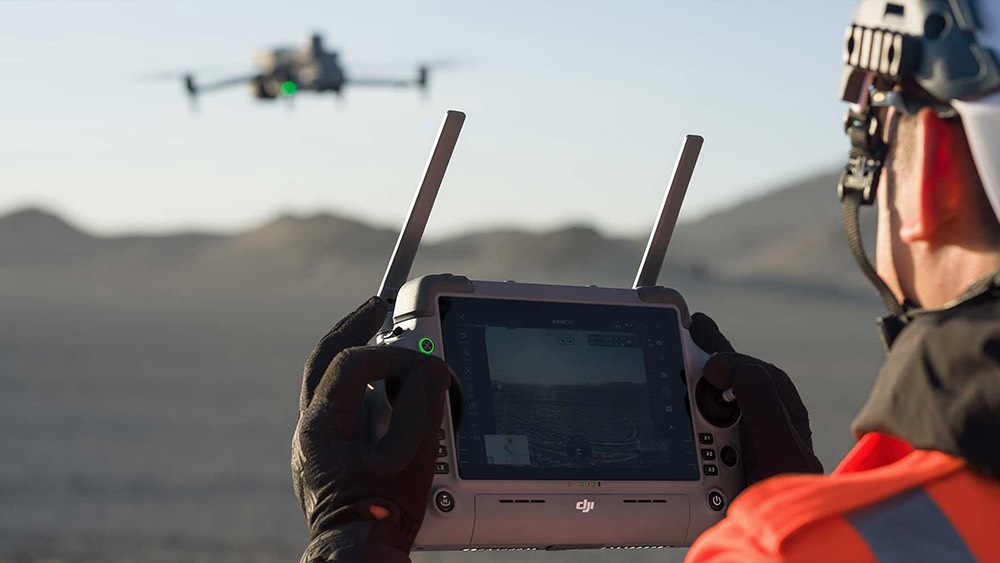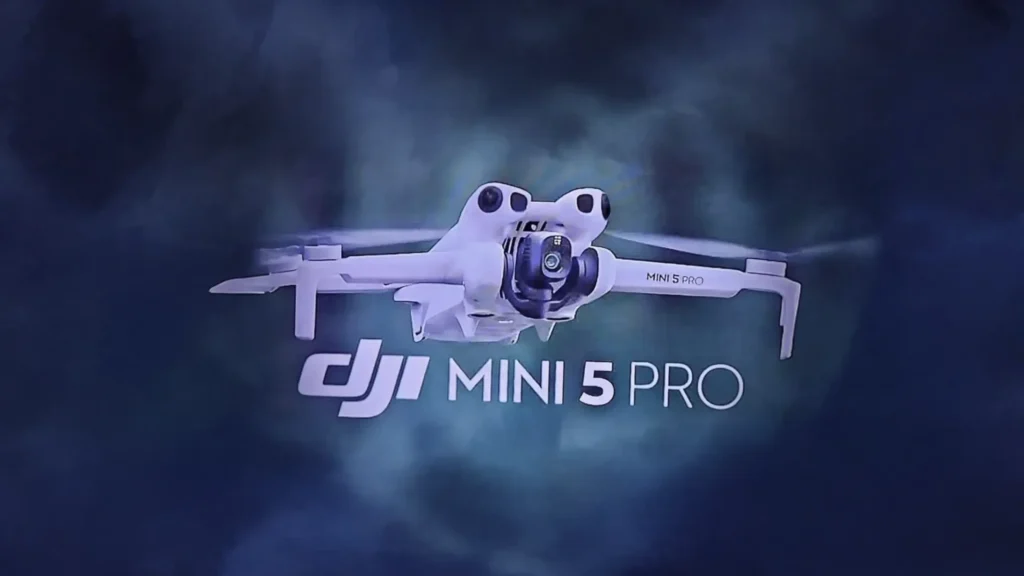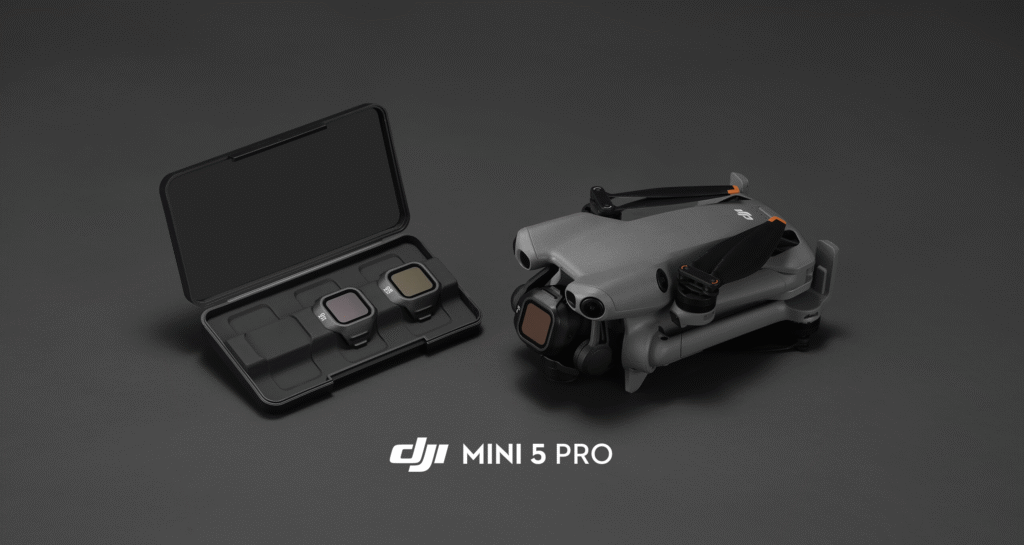The rapid evolution of drone technology has led to unprecedented applications across various industries, particularly in India. From agriculture to emergency response, drone applications are transforming traditional practices, enabling efficiency, safety, and innovation. In this article, we will explore five innovative drone applications that are revolutionizing industries in India, showcasing how they enhance capabilities and drive progress in various sectors.
Aerial Infrastructure Inspection
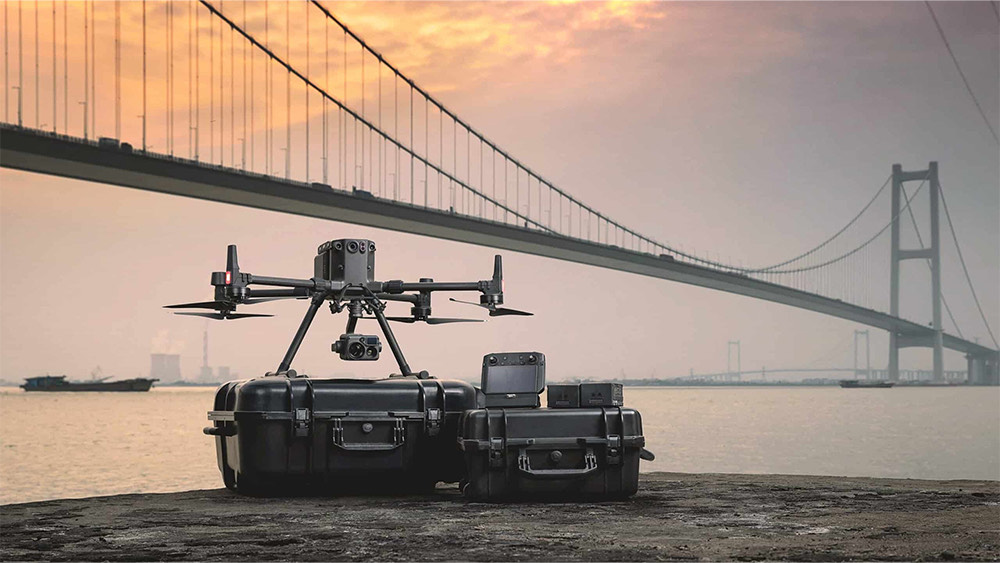
Importance of Regular Inspections
Infrastructure inspection is crucial for maintaining the safety and functionality of essential structures such as bridges, roads, and buildings. Traditional inspection methods often involve extensive manual labor, which can be time-consuming and hazardous. Frequent inspections are necessary to identify wear, damage, and structural integrity issues, which can prevent potential disasters and ensure public safety.
Drones have emerged as a game-changer in this domain, offering a safer and more efficient alternative to traditional inspection methods. By utilizing aerial imagery and advanced sensors, drones can quickly assess structural conditions and detect even minor flaws that might go unnoticed in manual inspections.
How Drone Technology Enhances Efficiency
Drones equipped with high-resolution cameras and thermal imaging sensors provide real-time data that can be analyzed on-site. This capability allows for immediate decision-making and reduces the time needed to complete inspections significantly. Furthermore, drones can access hard-to-reach areas without the need for scaffolding or climbing equipment, minimizing risks associated with manual inspections.
With their ability to cover large areas in a fraction of the time compared to traditional methods, drones enable organizations to schedule more frequent inspections, thus enhancing overall infrastructure management. This proactive approach not only saves money but also contributes to better long-term maintenance planning.
Case Studies: Successful Inspections in India
Numerous case studies illustrate the effectiveness of drone inspections in India. For example, the Delhi Metro Rail Corporation (DMRC) has employed drone applications to inspect metro structures, significantly reducing inspection time and improving data accuracy. Similarly, in the state of Maharashtra, drones are used for monitoring the condition of bridges, allowing for quick assessments and timely repairs.
These successful implementations highlight the potential for drones to enhance infrastructure monitoring and management, making them an indispensable tool for civil engineers and construction firms across the country.
Precision Agriculture Monitoring
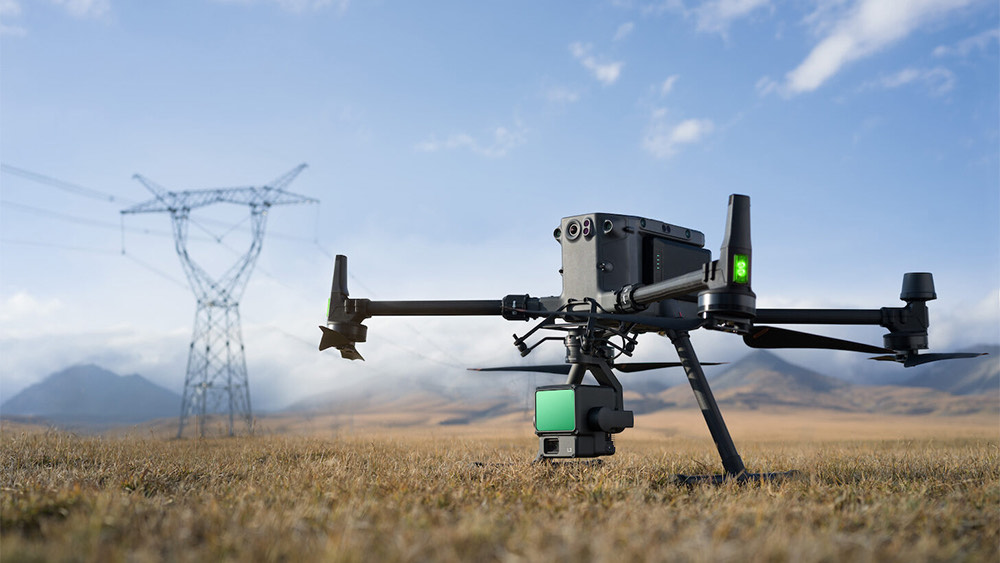
Overview of Drone Applications in Agriculture
In the agricultural sector, drones have become an invaluable resource for farmers and agronomists. Their applications range from crop monitoring to soil analysis and irrigation management. By harnessing drone technology, farmers can obtain detailed insights into their fields, facilitating informed decision-making and optimized resource allocation.
For instance, drone applications can be used to create detailed maps that identify crop health, detect pest infestations, and assess soil conditions, thus allowing farmers to take targeted action rather than relying on a one-size-fits-all approach.
Benefits of Using Industrial Drones in Farming
The benefits of integrating drones into farming practices are manifold. Firstly, drones can provide real-time data, enabling farmers to quickly respond to emerging issues. This means less wasted resources on unnecessary treatments, ultimately increasing crop yields and profitability. Secondly, drones can significantly reduce labor costs and physical strain, particularly in large farming operations.
Moreover, drones equipped with multispectral cameras can analyze plant health by capturing data in various wavelengths, which is beyond human visual capabilities. This technology allows for precise application of water, fertilizers, and pesticides, increasing efficiency and sustainability in farming practices
Real-World Examples of Increased Crop Yields
In Punjab, a region known for its agriculture, farmers have reported yield increases of up to 20% by utilizing drones for crop monitoring. By effectively identifying areas that require attention, these farmers can manage their resources more effectively, leading to healthier crops and larger harvests.
Additionally, companies like Agrostar and Skymet have developed drone services that provide farmers with vital data on crop health, weather patterns, and soil conditions, further enhancing agricultural productivity throughout India.
The Role of Drones in Emergency Response
In Punjab, a region known for its agriculture, farmers have reported yield increases of up to 20% by utilizing drones for crop monitoring. By effectively identifying areas that require attention, these farmers can manage their resources more effectively, leading to healthier crops and larger harvests.
Additionally, companies like Agrostar and Skymet have developed drone applications that provide farmers with vital data on crop health, weather patterns, and soil conditions, further enhancing agricultural productivity throughout India.
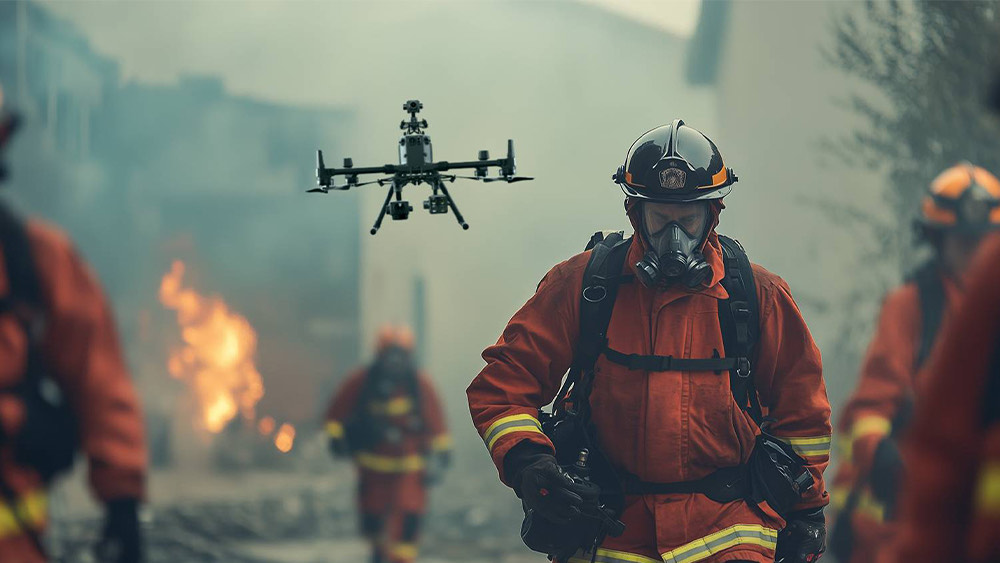
In situations such as floods, earthquakes, or landslides, drones can provide crucial information about inaccessible areas, helping to locate missing persons and assess the extent of damage. This real-time intelligence is vital for coordinating rescue efforts and resource allocation.
Features of Dronevex Drones for Search Operations
Dronevex has developed specialized drones equipped with thermal imaging technology, which is particularly effective in locating individuals in low-visibility conditions, such as smoke or dense vegetation. These drones can fly at various altitudes, providing a comprehensive view of the search area.
The integration of AI technology allows for advanced image analysis, enabling drones to distinguish between human shapes and other objects. This capability significantly increases the chances of locating survivors in challenging environments.
Powerline and Pipeline Surveillance
Challenges in Traditional Surveillance Methods
Traditional methods of powerline and pipeline surveillance involve extensive manual checks, often requiring crews to traverse rugged terrains. This approach is not only time-consuming but also poses safety risks to personnel. Additionally, the sheer scale of infrastructure makes regular monitoring a daunting task.
With extensive networks spanning thousands of kilometers, energy and utility companies face significant operational challenges in ensuring the integrity of their pipelines and powerlines. Regular inspections are necessary to prevent failures that can lead to costly downtimes and environmental hazards.
How Drones Improve Safety and Monitoring
Traditional methods of powerline and pipeline surveillance involve extensive manual checks, often requiring crews to traverse rugged terrains. This approach is not only time-consuming but also poses safety risks to personnel. Additionally, the sheer scale of infrastructure makes regular monitoring a daunting task.
With extensive networks spanning thousands of kilometers, energy and utility companies face significant operational challenges in ensuring the integrity of their pipelines and powerlines. Regular inspections are necessary to prevent failures that can lead to costly downtimes and environmental hazards.
Insights on Drone Technology in Infrastructure Maintenance
Utility companies such as Tata Power and NTPC have begun integrating drone technology into their surveillance operations, significantly improving the efficiency of their monitoring processes. These companies report enhanced data accuracy and reduced response times to potential issues, ultimately leading to improved service reliability.
The adoption of drone applications in surveillance is a pivotal step towards smarter grid management and pipeline safety, setting a precedent for the future of infrastructure maintenance in India.
Creative Content and Filmmaking
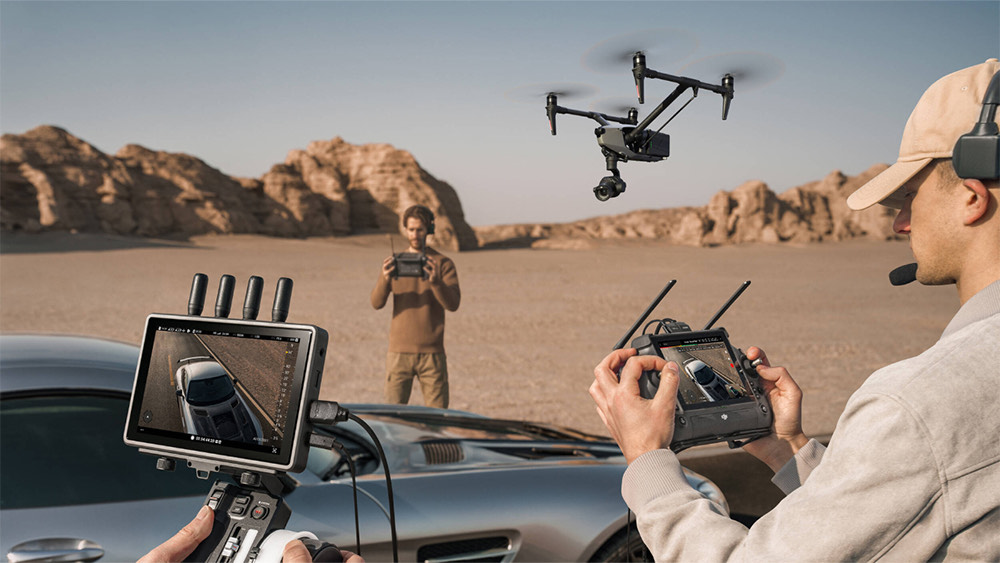
The Rise of Aerial Photography and Videography
Benefits of Drones for Content Creators
Drone applications offer several advantages for content creators, including the ability to achieve cinematic shots without the need for extensive equipment or crew. The mobility and agility of drones enable filmmakers to capture dynamic scenes effortlessly, whether for films, documentaries, or promotional content.
Moreover, drones equipped with stabilization technology can produce smooth, high-quality footage, making them an ideal choice for capturing fast-paced action or sweeping landscapes. This has led to an increase in demand for drone applications within the creative sector.
Future Trends in Drone Filmmaking in India
The future of drone filmmaking in India is promising, with advancements in drone applications leading to even higher-quality imagery and greater ease of use. As regulatory frameworks become more accommodating and the number of trained drone pilots increases, the creative possibilities will continue to expand.
Additionally, with the rise of platforms dedicated to drone enthusiasts and professionals, such as airspace management ecosystems, the integration of drone technology into mainstream media is poised for exponential growth. This shift will undoubtedly enhance the visual narrative landscape in India and beyond.
Conclusion
The applications of drone technology across various industries in India are vast and transformative. From enhancing infrastructure inspections and precision agriculture to playing critical roles in search and rescue operations, powerline surveillance, and creative filmmaking, drones are redefining how industries operate. As technology continues to advance and regulations evolve, the potential for drones in India will only grow, paving the way for innovative solutions and improved efficiency across multiple sectors.
FAQs
What are the benefits of using drones for infrastructure inspection?
Drones enhance efficiency by providing real-time data, reducing inspection time, and improving safety by accessing hard-to-reach areas without putting personnel at risk.
How do drones contribute to precision agriculture?
Drones allow farmers to monitor crop health, assess soil conditions, and optimize resource allocation, leading to increased crop yields and reduced costs.
What role do drones play in emergency response?
Drones assist in quickly surveying disaster zones, locating missing persons, and assessing damage, enabling more effective search and rescue operations.
Are drones effective for powerline and pipeline surveillance?
Yes, drones improve safety and monitoring efficiency by conducting aerial inspections that reduce the need for manual checks across extensive infrastructure networks.
What are the trends in drone filmmaking in India?
The trend is moving towards increased accessibility and affordability of drones, leading to more content creators utilizing aerial shots, enhancing storytelling and visual narrative.
For more details on our services click on the Link.
